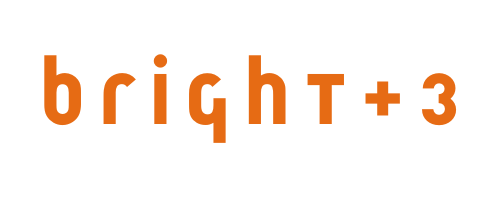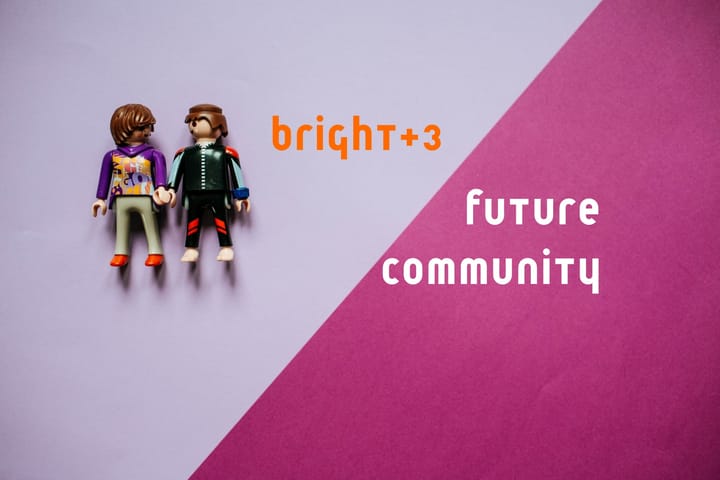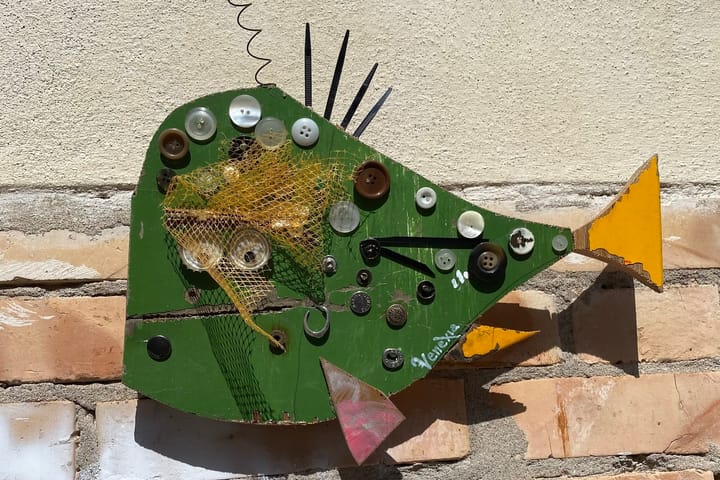7 behaviors of habit building organizations
How to create habits and help your readers, supporters and members become regulars.

Here are a few reasons organizations use to explain the time (and money) spent creating blog posts and emails and social media content:
- To “engage” people
- To raise money
- To raise awareness
- To inform and educate
- To get people to take action
- To tell stories about their work
- To drive traffic from search engines
- To meet internal program needs
- To show funders they’re doing stuff
These are reasonable. But it’s rare that someone mentions an underlying user trait:
Create habits that turn someone’s casual interest into their need for action, results, and rewards.
Nobody really wants a one-time customer. Or a one-time action taker. Or a one time viewer of their Netflix series. Or a one-time site visitor. Or just a subscriber. Or even a one-time donor.
Chances are you’re losing money on all your one-timers. But at least you’re creating awareness and get to report on a record number of site visits.
Sure, we want to persuade someone to do something. But what we really need is to change someone’s habits. We want them to turn to us for information. Talk about us to their friends. Think of us first (or second but probably not third) when giving money to support a group that does critical work. We want them to open and read our emails and not send our text messages to spam.
Nonprofit communicators, fundraisers, and organizers are in the business of changing habits, not persuasion.
Habit Forming Strategies
Let's talk about some ways to inject habit formation into your content, membership and outreach.
[1] Create onboarding that gives you an insight into who someone is and what they need.
And creates anticipation and a desire to know more.
- Be immediate and be personal.
- Don't just thank people, ask them questions about what they want, why they signed up or took action. Put a simple survey on the thank you page. Draw out the experience.
- Give people something they can use, remember. Put a 15 second video on the thank you page.
- Create anticipation and show up with something good every day for the first week. A useful nugget of info, a special offer, an extra way they can help.
Most importantly, don’t wait to start the experience. Get in front of people immediately. This one reason why organizations struggle with petition or third party recruiting. People are opting into a list through an action taken elsewhere. But the engagement with the organization is delayed. The whole user experience is counter to any kind of relationship building.
[2] Newsletters that people look forward to and remember.
Imagine getting your voice into people's inboxes every day - and alongside content you write, images you provide, and links that are clickable. A strong newsletter is all about habit building.
- Send daily or close.
- Make it usable.
- Be reliably compelling, informative, readable.
- Consider being entertaining.
[3] Be memorable (so you can be influential)
You can’t build a habit around an activity if you're constantly forgetting about it.
This is a place where branding and voice and positioning matter. It doesn’t mean investing in slick high end design (though it could).
It means having something clear to say. Having a point of view. Delivering on a promise. Following up. Being original.
[4] Be delightful
Our emotional state influences our habits. Mr. Atomic Habits (aka James Clear) writes about how depression and boredom are triggers for negative habits.
- Positive emotions - and rewards - can also be habit triggers.
- I would rather build an audience through good feelings and positivity than relying on crisis, danger and fear (common themes of advocacy communications).
- But we work on hard stuff, you say.
- That doesn’t mean we can’t create some delight - some ways for people to make positive connections with us in their thoughts and memories.
- Send people something in the mail: a sticker, a hand signed note, a holiday postcard
- Send emails with short videos from staff or your ED thanking them for being involved
- Use a bit of humor once in a while (make fun of yourselves or make fun of your opponent)
- Acknowledge people’s birthdays
- Thank people but put a little confetti in the envelope. Or graphic confetti in the email or blog post. Doesn't this bring you joy? 🤣

[5] Give people a goal and help them get there
See also reward people below.
This could be easier than you think. Our CRMs are pretty good at tracking opens, clicks, actions, and more.
- Ask people to take 10 actions this year. Or take 3 actions this month. Updated them on their progress.
- Send people on a mission to become a member: Take an action, subscribe to a newsletter, attend a webinar, tell a friend about us, make a donation
- This can be pulled into smaller goals: Use a progress bar in your in your onboarding survey (even if it’s short).
- Or call your onboarding survey “task 1 of 3” and then immediately send them task 2 after completing (or closing) the survey
- This could also be more involved: make five phone calls to Congress and report them on this form.
- Use automated emails to keep people engaged in the task, to send reminders, to send thank you and to reward people.
[6] Reward people
If you meet a goal (or make progress) you should be rewarded. Right?
- It’s much harder to build a habit (or change a habit) on your own. This is why support groups exist. It’s also why Duolingo and so many other game and educational apps. See also “Show people they aren’t alone” below.
- Gamify the supporter experience with automated thank you emails (which you're already sending) that include a message like "This is your third action this year. Hope we can count on you for at least two more!" And then send an acknowledgement when they reach five.
- But we can also just be good people and acknowledge people with thank yous.
- We can also send virtual rewards (mentions in emails or social posts) or even print and physical thank you's like notes and stickers.
[7] Show people they aren’t alone
It’s hard to commit to something if you’re doing it all on your own. If you surround yourself with people who work out every day then you’re more likely to work out every day.
- Create and sustain support groups for volunteers, activists, donors, supporters in specific states or cities.
- Two things that organizations have tossed out or just made far too complicated than they need to be:
- social proof
- community
- Show people other people doing good work, giving donations, taking action.
- "75 people in your city took action. We need to tell the governor there were 100. Can you help now?"
- "We need 50 people to take action in your town and right now we have 34."
- Community doesn’t have to mean a massive online infrastructure, Slack, or a team of event organizers to host time and money intensive in person gatherings.
- But it does mean providing people - in the course of their experience with you - with a chance to see others, meet others, hear from others.
- Host online events for engaged supporters. Use break out groups and give people prompts. Get them talking. Start small. Get used to what works and what doesn't.
[8] Finally, be consistent and reliable
I know the headline says seven but here's another idea: be a consistent and reliable partner.
- All of this is about creating the conditions for someone to consistently open, read, act, get involved in and care about your work and what you have to say.
- But you need to be consistent, too.
- Send email regularly. Create the circumstances for expectations.
- Be a steady voice. Don’t talk about a bunch of unrelated topics.
- You’re demanding that people change their habits and become consistent followers, readers, supporters. Then you have to show up consistently for them.
top photo by Edward J. Woolsey via Public Domain Image Archive


